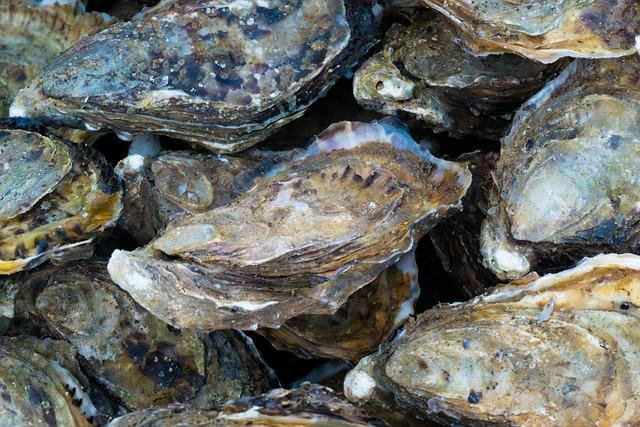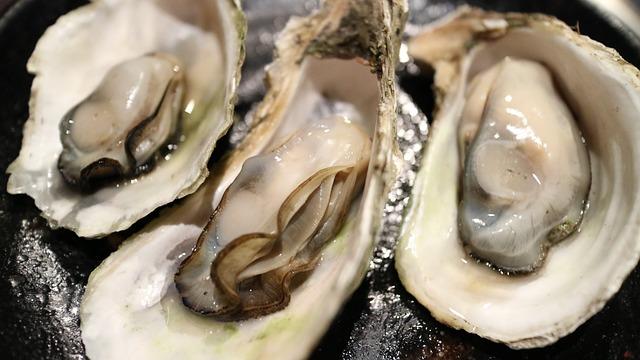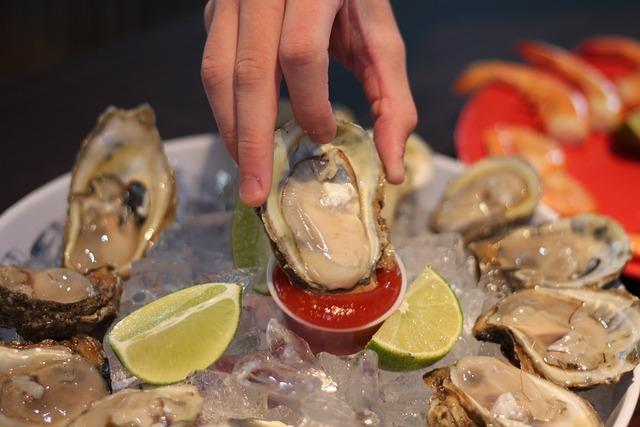- Introduction
- Restoring Ecosystems: The Billion Oyster Project's Mission
- The Environmental Benefits of Oysters
- The Educational Impact of the Billion Oyster Project
- Community Involvement and Citizen Science
- Conclusion
- FAQs
- References
Introduction
The Billion Oyster Project is a groundbreaking, large-scale environmental restoration initiative centered in New York Harbor. Its primary goal is to restore one billion live oysters to the harbor by 2035, helping to rebuild ecosystems, improve water quality, and foster environmental stewardship in communities. In this article, we will explore the core mission of the project, the environmental benefits that come from oyster restoration, its educational impact, ways the community is involved, and much more.
Throughout the following sections, we will delve deep into various important aspects of the Billion Oyster Project, highlighting both the ongoing work being done and the overall vision for the future.
Restoring Ecosystems: The Billion Oyster Project's Mission

(Image: Pixabay/@KBaucherel)
The Billion Oyster Project was launched in 2014 with a clear, ambitious goal: to repopulate New York Harbor with one billion oysters, thereby restoring its once-thriving reefs. These oyster reefs play a vital role in fostering local biodiversity, improving water quality, and providing a natural defense system against erosion and storm surges. Oysters were once abundant in the area, but overfishing, pollution, and habitat destruction caused their population to plummet during the 20th century.
Restoring an ecosystem as complex and large as New York Harbor requires teamwork involving scientists, schools, local organizations, and thousands of volunteers, all united by a common goal. Through the placement of oyster nurseries around the harbor, the project cultivates these shellfish in aquaculture settings before releasing them into established oyster beds.
Furthermore, the project not only restores habitats but also provides critical scientific data on marine health, encourages innovative research methods, and serves as an educational tool about marine conservation. With every additional oyster bed being nurtured and replanted, the varied wildlife of the harbor sees improvement.
This holistic approach is what makes the Billion Oyster Project a key player in habitat regeneration efforts, transforming both the underwater and above-water environment surrounding New York City.
The Environmental Benefits of Oysters

(Image: Pixabay/@geralt)
Oysters are more than just a popular seafood choice; they are keystone species that provide multiple environmental benefits. By filtering the water, a single oyster can purify up to 50 gallons per day. These filtering activities help to reduce excess nitrogen, phosphorus, and sediments—all of which contribute to poor water conditions and algae blooms.
The work of oysters doesn’t stop there. Oyster reefs create a structural habitat for other marine species. As filter-feeders, they support aquatic vegetation growth by clearing the water and allowing sunlight to penetrate, which in turn promotes the recovery of other vital marine species like fish, crabs, and shrimp that use the reefs as shelter.
Additionally, the oyster reefs act as natural barriers to shoreline erosion. They buffer the force of waves from storms, reducing the impact on coastal areas. By restoring oyster reefs, we are revitalizing the structural foundation necessary to protect our city and improve marine life resilience.
This proves that oysters bring more than just fresh seafood to our plates—they are integral to sustaining healthier marine environments and fighting climate change impacts on coasts.
The Educational Impact of the Billion Oyster Project

(Image: Pixabay/@jsbaw7160)
One of the most powerful elements of the Billion Oyster Project lies in its robust educational outreach programs. Hundreds of schools across the New York City area partner with the organization to integrate hands-on oyster research into their science curricula. Students of varying ages gain practical STEM experience by cultivating oysters, testing water quality, and conducting ecological research.
For many young learners, the oyster project offers a unique opportunity to engage with their environment in ways that traditional classroom teaching cannot. Students witness firsthand how human activities impact ecosystems and develop the tools needed to become stewards of the environment.
This growing network of "oyster gardeners" not only fosters environmental literacy among younger generations but also supplies local researchers with valuable data regarding the health of the harbor. In collaboration with teachers, scientists, and conservationists, students play an active role in aquatic regeneration.
Through citizen science opportunities embedded in the project, the next generation learns essential lessons about sustainability, conservation, and scientific research, empowering them to lead future environmental efforts.
Community Involvement and Citizen Science

(Image: Pixabay/@Tumisu)
The Billion Oyster Project has successfully engaged local communities through what it refers to as "citizen science." Citizens are encouraged to get involved through volunteering efforts such as preparing recycled oyster shells for reefs, monitoring the evolving oyster populations, or even taking part in educational programs to raise awareness.
The initiative hosts volunteer days where regular people can connect with the scientific community and give back to their local harbors. Participants reintroduce these ecological engineers into the Atlantic waters alongside seasoned researchers.
In addition to individual efforts, restaurants and businesses have partnered by donating shells from consumed oysters—an invaluable resource for building new reefs. This showcases how the diversity of participants extends beyond scientists and educators to create a citywide initiative open to everyone.
Civic engagement drives the project's progress. By bringing diverse stakeholders together, from students and restaurateurs to policymakers and environmental activists, the Billion Oyster Project addresses critical coastal resilience challenges while offering inclusive, meaningful contributions from all walks of life.
Conclusion
The Billion Oyster Project is far more than a simple ecological restoration effort. It is a lighthouse illuminating the path toward environmental stability while fostering strong connections between citizens, nature, and education. Not only do oysters have profound impacts on the biological landscape, but they are also force multipliers in mitigating climate change, protecting coastlines, and educating future conservationists.
As the initiative continues to evolve, its success is a symbol of hope for cities worldwide struggling with pollution, habitat loss, and climate change. The enduring collaboration between industry professionals, volunteers, and eager students all point to a promising future where balance can be restored not just in New York Harbor but in aquatic ecosystems everywhere.
FAQs
What is the Billion Oyster Project?
The Billion Oyster Project is an ambitious ecological and educational initiative aimed at restoring one billion live oysters to New York Harbor by the year 2035 as a means of improving the ecosystem and fostering environmental stewardship.
How do oysters benefit marine environments?
Oysters help filter pollutants from the water, promote marine biodiversity, and provide natural protection against storm surges and shoreline erosion, creating stability in vulnerable coastal regions.
Can I volunteer for the Billion Oyster Project?
Yes! There are many volunteer opportunities available, from helping prepare and plant oyster reefs to participating in educational workshops and citizen science projects. The project actively encourages community involvement.
Why is oyster recycling important?
Oyster shells offer the best possible foundation for new oyster reefs, so collecting and recycling discarded shells helps rebuild these critical habitats, supporting both oyster populations and the larger ecosystems they maintain.

